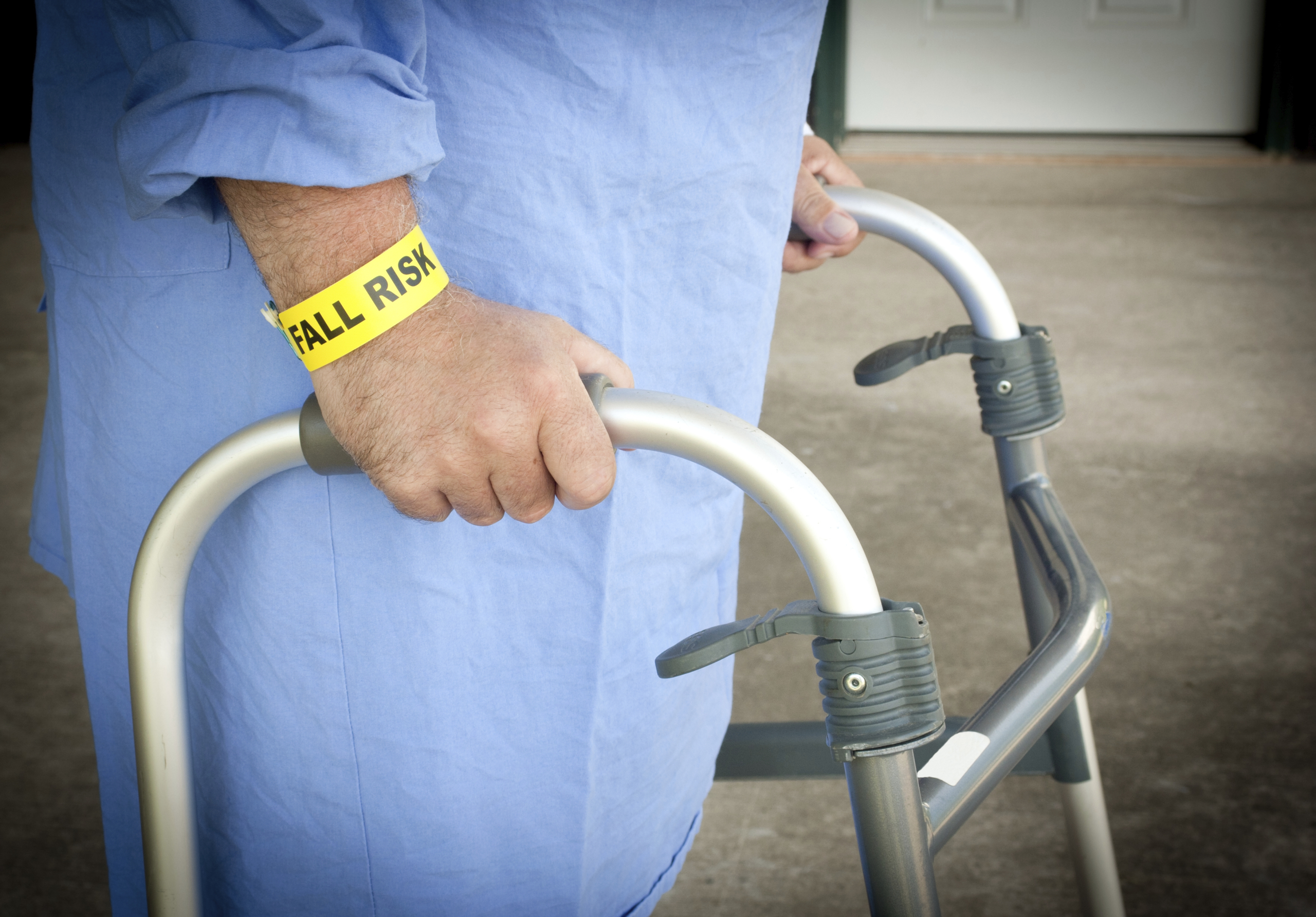- Help keep your bones strong by taking calcium and vitamin D every day. Most older adults absorb calcium citrate better than calcium carbonate, so read the labels on the calcium bottles carefully. Ask your healthcare provider how much calcium and vitamin D you should take.
- If you don’t exercise regularly, start. Just be sure to talk with your healthcare provider first, so he or she can help you come up with an exercise plan that’s right for you. Walking is an ideal aerobic (“heart healthy”) exercise; gradually increase the amount of time you spend walking, aiming for at least 20–30 minutes a day. In addition to walking, or doing other aerobic exercises like cycling, lift weights to help strengthen your muscles—and help protect your ones. Learn to do yoga or tai chi, which can improve your balance and make you less likely to fall. Many local senior centers and Y’s offer exercise, yoga and tai chi classes.
- If you’ve already had a fall, be sure to ask your healthcare provider about exercise programs in your community that include not only strength training and balance exercises but also flexibility, and stretching exercises. These can also help lower your risk of falls.
- Get an eye check-up. Make sure your vision is good and your eyeglasses are right for you. Many falls happen when you do not see well.
- Have a trained professional perform a comprehensive room-by-room Home Safety Assessment to identify safety hazards and accessibility issues.
DISCLAIMER: This information is not intended to diagnose health problems or to take the place of medical advice or care you receive from your physician or other healthcare provider. Always consult your healthcare provider about your medications, symptoms, and health problems.

